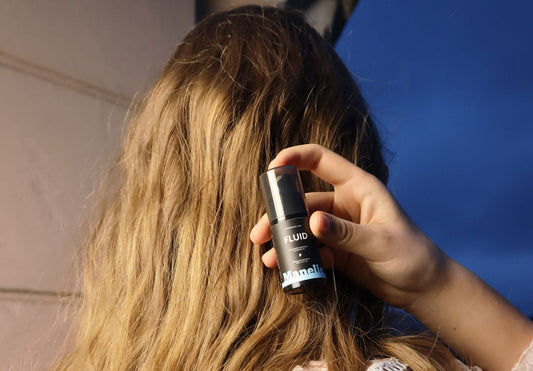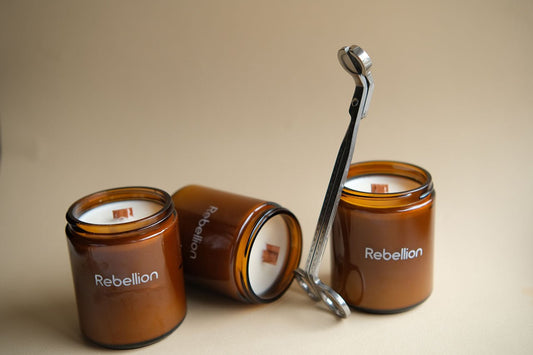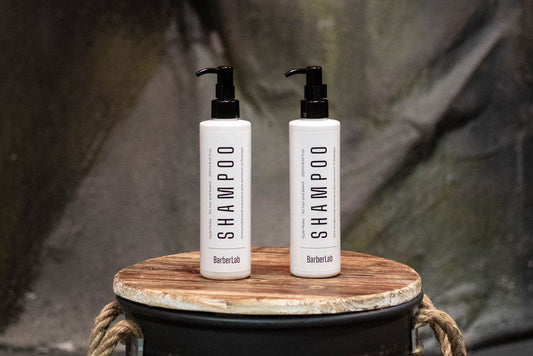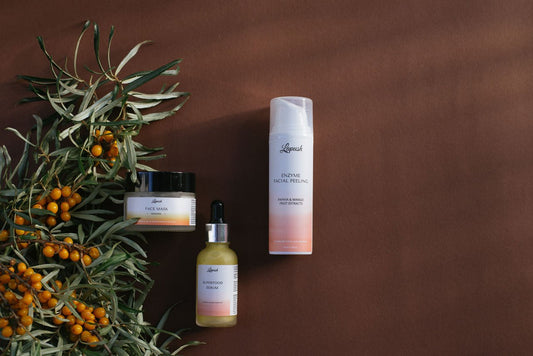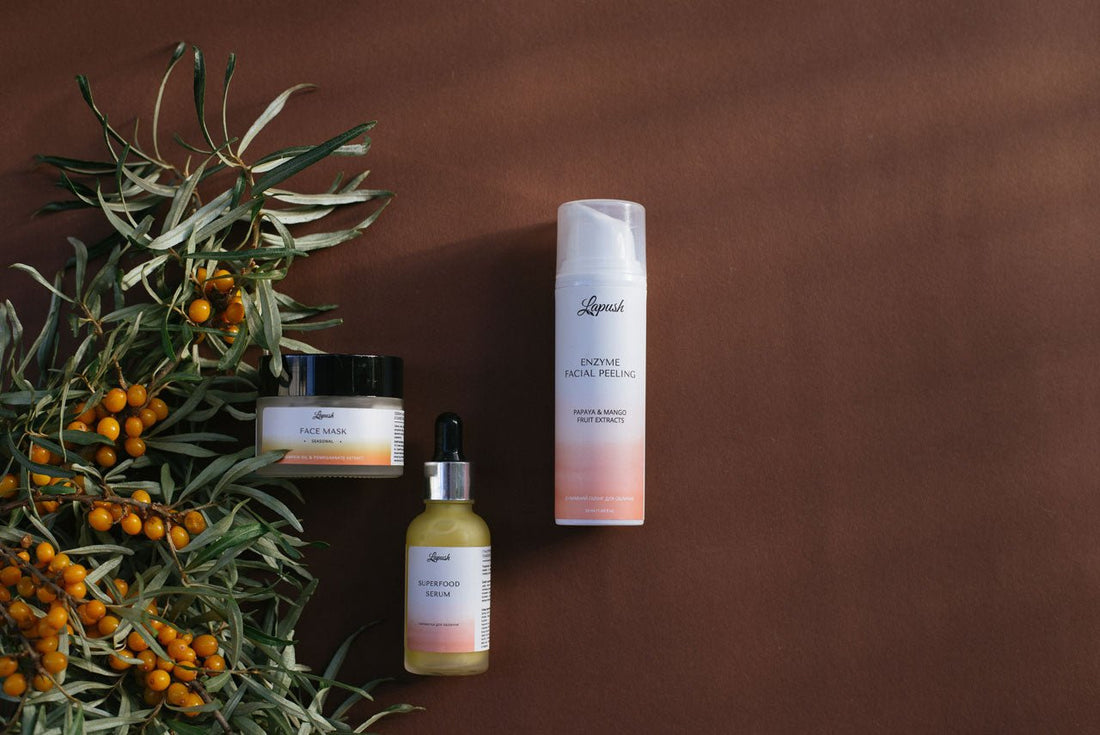
Mineral oil in cosmetics: revealing the real benefits
Mineral oil remains one of the most controversial ingredients in modern cosmetics, sparking heated debate among experts and consumers alike. Despite decades of successful use in skincare products, there are still many myths and misinformation surrounding mineral oil.
What is mineral oil: chemical structure and origin
Mineral oil is a refined petroleum product obtained by distillation of crude oil. If we compare this process to water purification, mineral oil can be called the "distilled water" of the petroleum industry - it undergoes such thorough purification that it loses almost all impurities and only pure hydrocarbons remain. The cosmetic industry uses only highly purified mineral oil that meets pharmacopoeial standards.
Chemically, mineral oils are a mixture of saturated hydrocarbons - paraffins and naphthenes. These molecules have a stable structure, which makes them resistant to oxidation and rancidity, unlike vegetable oils. The molecular weight of mineral oil can vary depending on the purpose - lighter fractions are used in facial products, heavier ones - in body products.
It is important to understand that cosmetic mineral oil is fundamentally different from technical mineral oil. It undergoes additional purification steps, including hydrogenation and adsorption filtration, which removes all potentially harmful impurities. The result is a completely safe ingredient, approved by regulatory authorities around the world for use in cosmetics and even baby products.

Benefits of mineral oil for skin
The main advantage of mineral oil is its unique ability to create a protective barrier on the surface of the skin without penetrating into the deeper layers. This mechanism can be compared to a high-quality raincoat - it protects against external influences, but at the same time does not interfere with natural processes. Mineral oil forms a thin film that prevents transepidermal moisture loss - the main cause of dry and aging skin.
For sensitive skin, mineral oil is a real lifesaver. Its inertness means it causes virtually no allergic reactions or irritation. Unlike vegetable oils, which may contain natural allergens or pesticide residues, mineral oil is hypoallergenic and suitable for even the most sensitive skin of babies. Dermatologists often recommend it to patients with atopic dermatitis or eczema.
The stability of mineral oil is another important advantage. It does not oxidize when exposed to light, air or temperature, which means a long shelf life for cosmetics. This is especially important for products that are stored for long periods or transported in different climates. In addition, mineral oil does not feed bacteria and fungi, making it a natural preservative in cosmetic formulas.
Myths surrounding mineral oils
One of the most common myths is that mineral oil "clogs pores" and causes acne. In fact, highly purified cosmetic mineral oil is non-comedogenic, meaning it does not clog pores. This myth arose from confusion with technical mineral oils, which can indeed be comedogenic. Studies show that cosmetic mineral oil has a comedogenic rating of zero on the standard scale.
Another common myth is that mineral oil "dries out" the skin, creating an addiction. This claim has no scientific basis. On the contrary, mineral oil helps the skin retain its own moisture without interfering with its natural processes. It does not block sweat glands or disrupt the skin's natural balance, but only creates a protective barrier against external aggressors.
Some critics claim that mineral oil lacks the "nutritional properties" of its plant-based counterparts. However, this is not a drawback, but a feature. Mineral oil performs a specific function - protecting and retaining moisture, and does it extremely effectively. Not every ingredient has to be "nutritional" - functionality is important in cosmetology, and mineral oil does its job perfectly.
Types of mineral oils and their use in cosmetics
There are different types of mineral oils used in the cosmetic industry, each with its own specific properties. Light Mineral Oil has a low viscosity and spreads quickly on the skin, making it ideal for facial and makeup remover products. It is easily washed off and does not leave a greasy feeling, so it is often used in cleansing milks and toners.
Heavy Mineral Oil has a higher molecular weight and creates a denser protective layer. It is ideal for body products, especially for very dry skin or during the cold season. This oil stays on the skin surface longer, providing long-lasting protection against moisture loss. It is often used in hand creams, lip balms and baby skin care products.
White paraffin is a solid form of mineral oil used in creams and ointments to create a thick texture. Liquid paraffin (Paraffinum Liquidum) is the most common form of mineral oil in cosmetics. There are also specially processed forms, such as isoparaffin and cyclopentasiloxane, which combine the benefits of mineral oil with improved sensory properties.
Safe use of mineral oil in cosmetics
The safety of mineral oil in cosmetics has been proven by numerous studies and decades of practical use. The FDA (US Food and Drug Administration) and the EMA (European Medicines Agency) recognize cosmetic mineral oil as safe for external use. It is included in the GRAS (Generally Recognized As Safe) list - substances recognized as safe.
When choosing cosmetics with mineral oil, it is worth paying attention to the quality of the cleaning. High-quality cosmetic mineral oil should meet the standards of the United States Pharmacopeia (USP) or the European Pharmacopoeia (Ph. Eur.). On the label, it may be indicated as "Paraffinum Liquidum", "Mineral Oil", "Petrolatum" or "White Petrolatum". The reputation of the manufacturer also matters - well-known brands use only the highest quality raw materials.
Here are the key principles for safely using cosmetics with mineral oil:
- Choose products from trusted manufacturers with proper certificates
- Avoid products with technical or unrefined mineral oil
- If you are allergic to petroleum products, consult a dermatologist.
- Follow the instructions for use and expiration dates.
- Store products in a cool, dry place.
It is important to remember that even the safest ingredients can cause individual reactions. If irritation, redness or other unusual symptoms occur, you should stop using the product and consult a specialist.

Mineral Oil vs. Vegetable Oils: An Objective Comparison
Comparing mineral and vegetable oils is like choosing between different tools in a workshop - each has its own purpose and advantages. Mineral oil provides a stable, predictable result due to its inertness and standardized composition. It does not oxidize, does not change its properties over time and is suitable for all skin types, including the most sensitive.
Vegetable oils, on the other hand, are biologically active components containing vitamins, antioxidants and fatty acids. They can nourish the skin, but are prone to oxidation and rancidity. Some vegetable oils can cause allergic reactions or be comedogenic. Their quality depends greatly on the conditions of cultivation, collection and processing of the raw materials.
From an environmental perspective, mineral oils are derived from non-renewable sources, while vegetable oils are derived from renewable sources. However, it is important to note that the production of vegetable oils often requires large areas of agricultural land, water and can affect biodiversity. Mineral oils are a by-product of oil refining, so their use in cosmetics can be considered a sustainable use of resources.
Tips for choosing cosmetics with mineral oils
Choosing a mineral oil-based product depends on your skin's individual needs and personal preferences. For dry and sensitive skin, mineral oil can be an ideal solution, especially in winter or in conditions of low humidity. It creates a reliable protective barrier, preventing dehydration and irritation from external factors.
For oily skin, you should choose light formulas with a low mineral oil content or combination products, where it is combined with mattifying components. Modern technologies allow you to create "smart" formulas, where mineral oil provides protection, and other ingredients regulate the work of the sebaceous glands. For combination skin, products with differentiated application are suitable - lighter textures for the T-zone, more nourishing for dry areas.
Here are practical recommendations for different skin types:
- Dry skin: creams and balms with 5-15% mineral oil
- Sensitive skin: products with minimal ingredients, where mineral oil is one of the main components
- Oily skin: light emulsions with a low content (up to 5%) of mineral oil
- Mature skin: night creams with mineral oil for intensive recovery
- Children's skin: specialized products with pharmaceutical mineral oil
When purchasing, always read the ingredients list (INCI) and choose products where the mineral oil is labeled as highly purified "Paraffinum Liquidum." Quality manufacturers often indicate the degree of purification or compliance with pharmacopoeial standards on the packaging.
Mineral oils in cosmetics of the future: trends and innovations
Modern cosmetic science does not stand still, and mineral oils evolve with it. New purification technologies allow obtaining even purer and safer fractions of mineral oils with improved sensory properties. Hybrid molecules are being developed that combine the stability of mineral oils with the functionality of plant components.
One promising direction is the creation of "smart" mineral oils that can change their properties depending on the skin's needs. For example, thermosensitive formulas that become lighter when in contact with warm skin, or pH-sensitive systems that adapt to the skin's acid-base balance. These innovations allow you to maximize the benefits of mineral oils while minimizing any potential drawbacks.
Environmental concerns are also driving the industry. Methods are being developed to produce synthetic analogues of mineral oils from renewable sources that retain all the benefits of traditional mineral oils but have a smaller environmental footprint. Biotechnology is opening up opportunities to create "bio-mineral" oils using microorganisms that produce compounds identical to mineral oils from organic raw materials.
Mineral Oils - A Time-Tested Ingredient for Skin Health
Mineral oil in cosmetics deserves an objective assessment, free from prejudices and myths. This ingredient has stood the test of time and has proven its safety and effectiveness to millions of consumers around the world. Modern highly purified mineral oil is a technologically advanced product that provides reliable skin protection without the risk of allergic reactions or irritation.
The benefits of mineral oil lie not only in its protective properties, but also in its ability to enhance the effectiveness of other active ingredients in cosmetic formulas. It creates optimal conditions for the penetration of nutrients into the skin, while protecting it from external aggressors. For people with sensitive, dry or allergy-prone skin, mineral oil often becomes an indispensable component of daily care.
The future of mineral oils in cosmetology looks promising thanks to constant innovation and technological improvements. The combination of traditional benefits with the latest developments allows you to create increasingly advanced and effective care products. By choosing cosmetics with mineral oil from reliable manufacturers, you are investing in proven and safe care for your skin.


